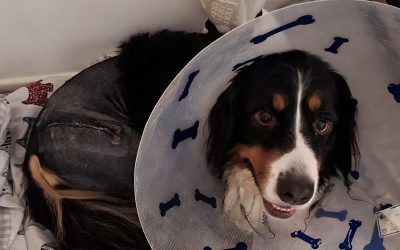Tuberculosis, or TB, is a serious disease caused by a bacterial infection that can affect people as well as animals. It most commonly causes skin lesions and signs of pneumonia. Badgers are known to be carriers of TB and we know that they can pass the infection on to cattle.
The government have a very strict programme in place to monitor disease in cattle, which minimises the risk to people. Recent news reports have now focused on TB in pet cats.
It is true that cats can contract TB and it is indeed possible for owners to contract TB from their pets. However, it is important to put things into perspective. This is not a ‘new’ cat disease; it is simply that there is more publicity surrounding the disease in cats at the moment.
There were 9 cases of TB in cats diagnosed at a practice in Newbury between December 2012 and March 2013. Most of them lived very close to each other.
Their signs varied from poor appetite, open sores, pneumonia and swollen glands. Six of these cats died from the disease. The remaining cats appear to be responding to treatment. It is important to note that no new cases have been seen in the area since March 2013.
In the past TB in cats most commonly affected the intestines because of drinking infected cow’s milk. However, because of the stringent measures to control TB in cattle and because of changes in the way the disease occurs (now the disease tends to affect the skin and lungs), cats these days are most likely to be infected by contact with local wildlife or by contact with other infected cats. However, the incidence of TB in cats remains very low.
Cats with signs of swollen glands, pneumonia or non-healing, discharging skin wounds should always be examined by a vet. It has to be said that there are many causes of skin lesions and respiratory problems in cats and TB in cats is a rare cause of such symptoms.
If you are concerned at all, then do not hesitate to get in touch with us so we can arrange to examine your cat.
In the event that TB is suspected, your cat would need to be tested for the disease. This is not a straightforward process and would require biopsies of tissue which would be sent to a lab. Treatment for TB is time consuming and difficult and not always successful.
The Human Animal Infections and Risk Surveillance group have assessed the risk to humans from infected cats, and they believe it is very low.
However, the risk is certainly present, and as a serious disease, it should not be taken lightly. Should you suspect TB in your cat, your cat must be examined and your vet will be able to give you advice. If TB is diagnosed in your cat, unfortunately it may be that euthanasia is the most sensible option, although the options would be fully discussed with you and it would not be a requirement by law.
Above all we should remember that TB in cats is very rare but do give us a call if you have any concerns about your pet.
Building Plans for 2024
We have also commenced a major construction project externally which will add significantly to the facilities we can offer to our patients
Welcome to our NEW Reception & Waiting Room
Our aim was to make a beautiful space which we can all be proud of, but essentially, we needed to retain practicality and ergonomic design
Hip Hip Hooray for Ava
Ava is now seven months on from her surgery. She is very lively and is behaving like a puppy again!








